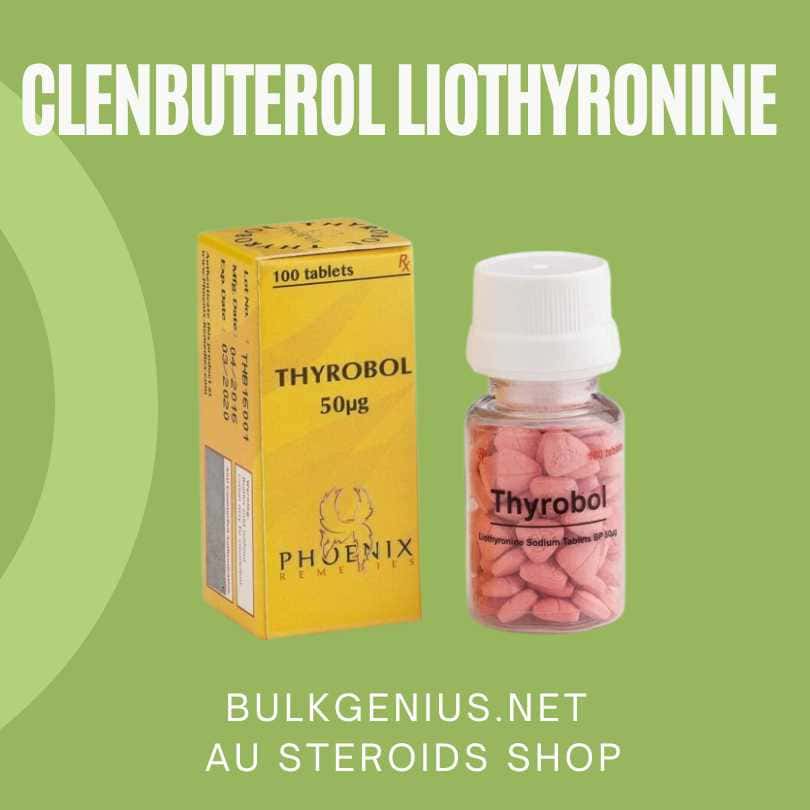Clenbuterol and Liothyronine (T3) are often combined for their synergistic effects in fat loss and metabolism enhancement. However, Clenbuterol is not typically used in post-cycle therapy (PCT) due to its non-hormonal nature, while Liothyronine (T3) demands careful management in both dosage and PCT considerations.
Dosing Clenbuterol often involves a progressive approach to mitigate tolerance buildup. Starting at 20mcg per day, users gradually increase the dosage over a few weeks in a cycle, reaching a maximum of 120-160mcg per day. Clenbuterol cycles typically last 2 weeks on and 2 weeks off to prevent receptor desensitization.
Liothyronine (T3) is a thyroid hormone that influences metabolic rate. Its dosing is notably lower than Clenbuterol and requires cautious management. Starting at 12.5-25mcg per day, users may increase the dosage gradually but should not exceed 75mcg daily. Cycles of T3 are also often structured in a pyramid or staggered fashion to prevent abrupt changes in thyroid function.
As Clenbuterol and T3 are not steroids, traditional PCT isn’t necessary. After a Clenbuterol and T3 cycle, a gradual tapering off of the doses and a period of cessation are typically recommended to allow the body to readjust and avoid abrupt discontinuation effects.
Supplements supporting overall health, including vitamins, minerals, and proper hydration, aid in recovery post-cycle. A balanced diet and regular exercise also contribute to maintaining results achieved during the cycle.
Consulting healthcare professionals or experienced individuals in the field throughout the cycle is crucial for guidance, especially with T3 due to its potential impact on thyroid function. Monitoring metabolic rate and overall health post-cycle is advisable to ensure a smooth transition back to a regular regimen.
Careful consideration of dosages and a thoughtful approach to post-cycle management are essential for users combining Clenbuterol and Liothyronine (T3). Prioritizing health, seeking guidance, and monitoring metabolic changes are key aspects of a safe and successful cycle and post-cycle period.




Reviews
There are no reviews yet.